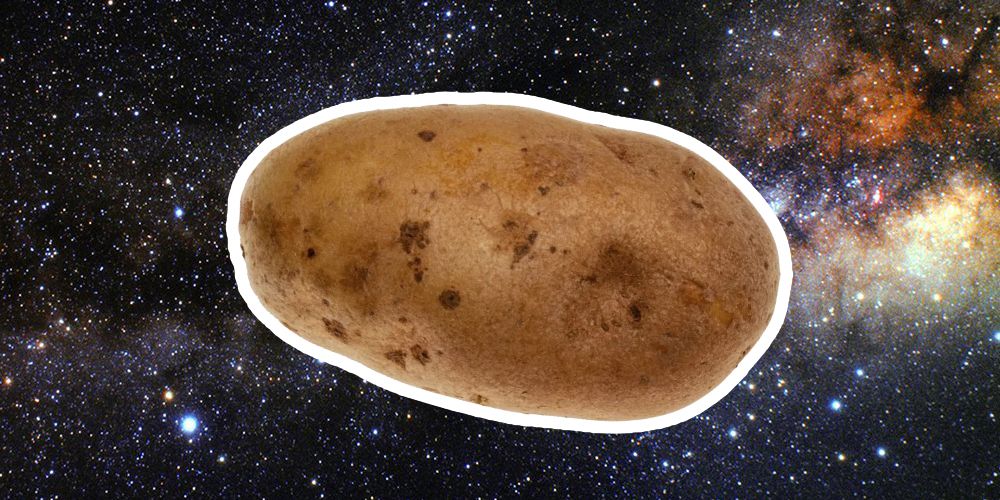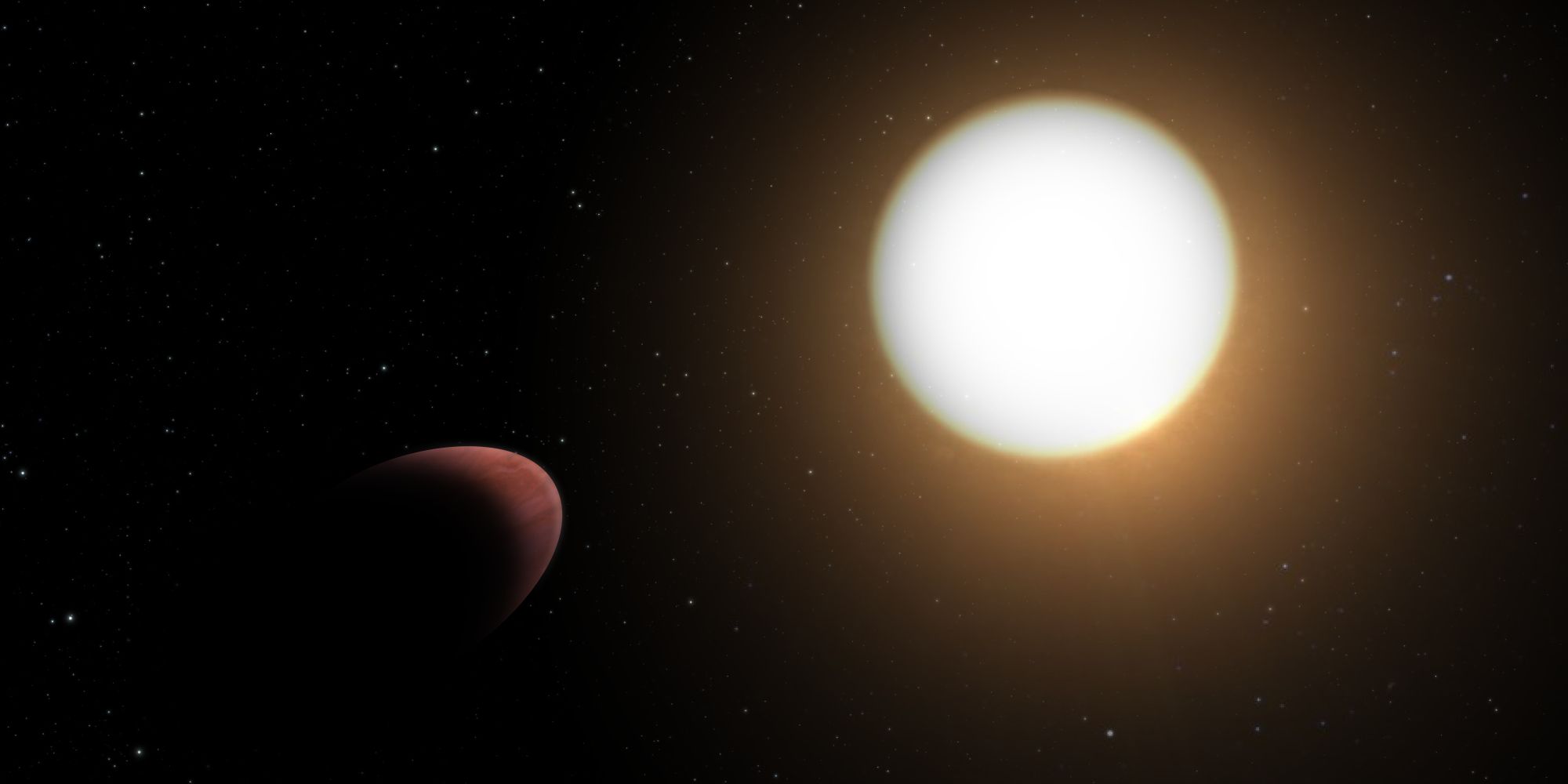Everyone expects planets in space to look like a circle, so when one appeared looking like a potato, it's no surprise it caught the attention of astronomers and Twitter users alike. If there's one thing outer space has proven over the years, it's that you should always expect the unexpected. Thanks to relentless research from scientists and astronomers, the cosmos are no longer a complete mystery. We understand how planets are formed, how supernovae work, and how quickly the universe is expanding.
However, that's not to say space isn't surprising. In fact, astronomers learn new things about it all the time. In December 2021, a study on the Milky Way revealed its iconic 'arms' might look a lot different than anyone realized. Astronomers detected the first planet outside the Milky Way in October, followed by a very unique black hole in November. Groundbreaking discoveries don't happen every single day, but when they do, they're pretty exciting.
One such discovery happened on January 11, 2022. In a report published by the European Space Administration (better known as the ESA), the organization revealed something incredible: It found a new planet that wasn't circular. Instead, it had a very apparent oval shape — just like a potato, egg, or football. As one might expect, this got a lot of people talking. Tons of articles were published, everyone was buzzing about the 'potato planet' on social media, and it even got itself trending on Twitter.
How A 'Potato Planet' Is Formed
Interest in the 'potato planet' is easy to understand, but what isn't immediately apparent is how it got the unique shape. There's a reason planets are circular. As a planet starts forming, the gravitational pull starts grabbing everything it finds and drags it towards the center of its body. As NASA explains, "Gravity pulls from the center to the edges like the spokes of a bicycle wheel. This makes the overall shape of a planet a sphere, which is a three-dimensional circle." This potato planet likely formed in this very way — but something eventually happened that caused it to look like the potato/egg it is today.
The cause of the potato planet? Tidal forces. The potato planet (also known as WASP-103b) is extremely dense. Compared to Jupiter, WASP-103b has a 1.5x greater mass, 2x larger radius, and a temperature that's 20x hotter. Combined with the close position to its host star — taking less than a day to complete a full orbit — astronomers believe tidal forces from the star are causing "monumental tides." Being that close to such incredible force has gradually stretched and pulled on WASP-103b, making it look like a cosmic potato. Astronomers believe this could also be causing serious inflation with the planet, though further research needs to be done to confirm that.
Furthermore, astronomers aren't 100 percent convinced about the tidal theory. There are other factors that could be causing the planet's potato/egg shape. A companion star near the host star could be interfering with WASP-103b's orbit and contributing to its strange shape. It's also possible that the planet has a slightly elliptical orbit. Whatever the answer is, it's safe to say that it's unlike anything astronomers have seen before. More research will be conducted on WASP-103b, along with its powerful host star. And maybe — just maybe — it'll mark the first of more potato and egg planets found in the future.


